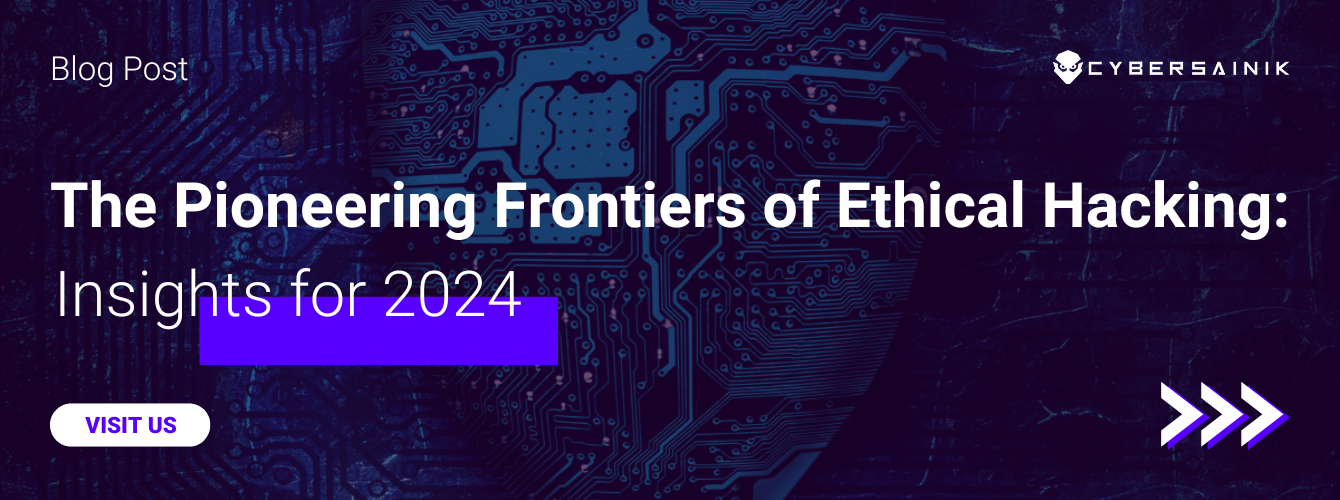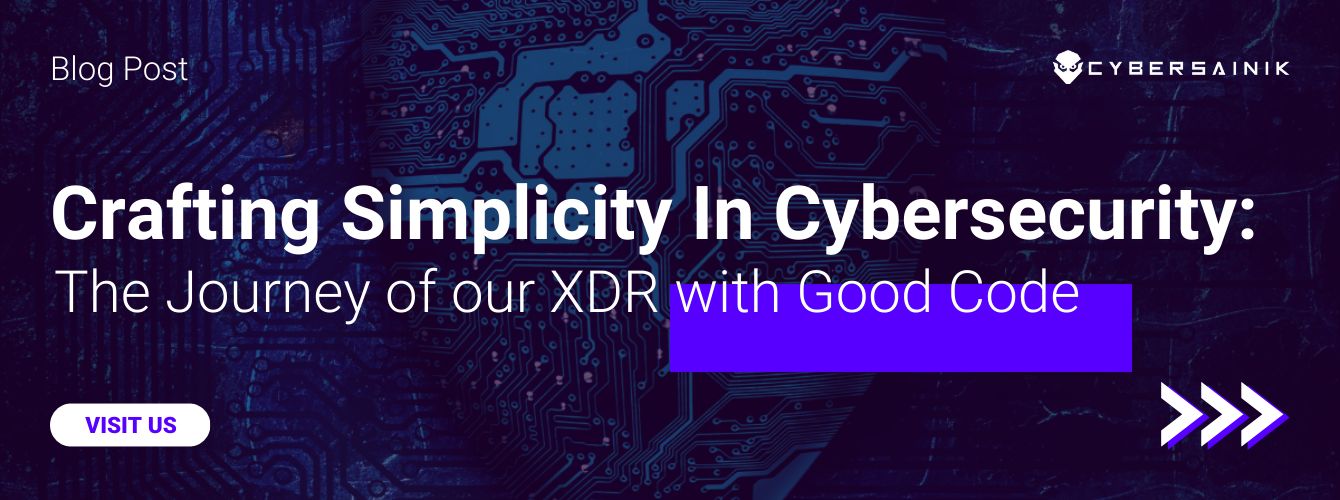As an IT administrator, how do you cover threat entry points in the organization’s security infrastructure to ensure proactive protection? How do you collect and utilize data to keep your systems free from cyber-attacks? Threat correlation is the ability to defend the organization’s infrastructure from known and unknown threats. These threats can impact the organization’s reputation and bottom line.
What Is Threat Correlation?
Threat correlation is using correlation engines in SIEM to monitor and detect behavior patterns across different assets producing disparate and related events to identify potential threats. Threat correlation helps security managers gain knowledge by connecting the dots between information on cyber threats and using it to make critical decisions.
The 3 Elements of Effective Threat Correlation Architecture?
A robust and efficient threat correlation architecture consists of three critical steps addressing the organization’s threat intelligence.
1. Collection
A security solution collects data from the organization’s network by pulling sensor log files and uploading them to a central repository. Though some solutions will compress the log files to reduce the network bandwidth, others reduce the network bandwidth by collecting and initializing analysis for collection process distribution.
The main aim is to consolidate all the data feeds and available threat intelligence for aggregation and normalization.
2. Consolidation
Also referred to as aggregation or normalization, the stage involves the filtration of obsolete data to focus on the core security protocols defined by the users or the security solution.
The stage eliminates false positives by weeding out duplicate data to ensure uniform standards are met during correlation for easier comparison with other parameters. Consolidation makes it easier to compare data from different vendors with varying configurations and form interrelationships.
3. Correlation
It involves pulling and correlating data from different security platforms to provide threat response teams with timely, accurate, relevant intelligence on a potential threat. Security analysts utilizing a solution with a central database only need to run the correct queries to get an immediate response.
However, performance and scalability limitations can hamper the analysis for enterprises processing vast amounts of data, given the fast pace of threat infiltration into the network. With the increasing volume and sophistication of threats, enterprises need robust threat correlation architecture to address potential risks. Enterprises need to collect timely, relevant, and accurate data, which is not attainable.
Types of Event Correlation:
There are two types of event correlations that enterprises can use to detect, identify, and defend against any potential cyber threats.
1. Dynamic Correlation
- Dynamic correlation detects security breaches or incidents in real time.
- The events are subjected to real-time correlation rules to enable the SIEM solution to look for attack patterns by analyzing incoming data.
- Dynamic correlation enables enterprises to benefit from fast detection and response rates and keep their networks safe from attacks at all times.
2. Static Correlation
- Static correlation is the process of analyzing historical logs to investigate a security breach after an incident has occurred.
- The method identifies complex patterns from the past by analyzing log data to help security experts discover ongoing threats or threats that compromise network security.
- Static correlations enable enterprises to analyze why and how an occurred to prevent or reduce the future impact of similar incidents.
The 3 Use Cases for Advanced Correlation
Traditionally, pattern recognition and advanced correlation in SIEM and log management solutions have been limited to identifying and alerting specific security events. The main downside of SIEM solutions is the filtration of log data before processing by the correlation engine.
Here are the three top use cases for advanced correlation.
1. Detecting Application Failures
- Enterprises run IT systems with vast numbers of services and processes that are hard to track from start to stop.
- Without an application failure detection mechanism, enterprises cannot detect when a critical service or process is not running efficiently or fails to restart.
- Advanced correlation parameters help enterprises to identify critical processes or service failures in real-time by modifying rules for each environment.
- Enterprises can achieve this by adopting solutions that generate independent logs for operations with valuable context.
- These may include the process name, account, user, and start and stop time to close the information gap.
2. Enforcing Operational Control
- Many enterprises encounter operational issues arising from human error during routine tasks leading to a lack of error detection.
- Operation control automatically generates alerts when an error occurs from a configurational change.
- An alarm can trigger when a server enters into a shut and restart loop to indicate a misconfiguration on a device.
- Advanced correlation assists administrators in ensuring that unauthorized changes do not affect critical updates or operations through root cause analysis and response by enforcing policies.
- Administrators can identify changes that impact the different systems to streamline future change management processes.
3. Reducing Downtime
- Many technical issues can lead to service disruption after a server failure making them difficult to detect or associate with a specific problem.
- It takes administrators time to troubleshoot and resolve the origin or scope of failure with an offline device or server
- Advanced correlation generates alerts for hardware-related issues that lead to an immediate system shutdown.
- Administrators can easily tie down the system failure to the shutdown, allowing quick response and mitigating future incidents.
- Advanced correlations enable administrators to identify and mitigate user behavior that impacts performance to speed up processes.
- They can organize event data and logs by departments or access level to generate reports that correlate with enterprise activities and provide access to shared resource details.
Conclusion
As an organization, how prepared are you for prevalent and future cyberattacks? Do you want to streamline and optimize your operations by enhancing your organization’s security infrastructure? Do you want to partner with a top-notch cybersecurity firm and protect your enterprise? Schedule a call today. We have custom cybersecurity solutions to meet your diverse industry needs. We are your preferred, tried, and tested partner.
Contact us to evaluate and develop the right solutions.




